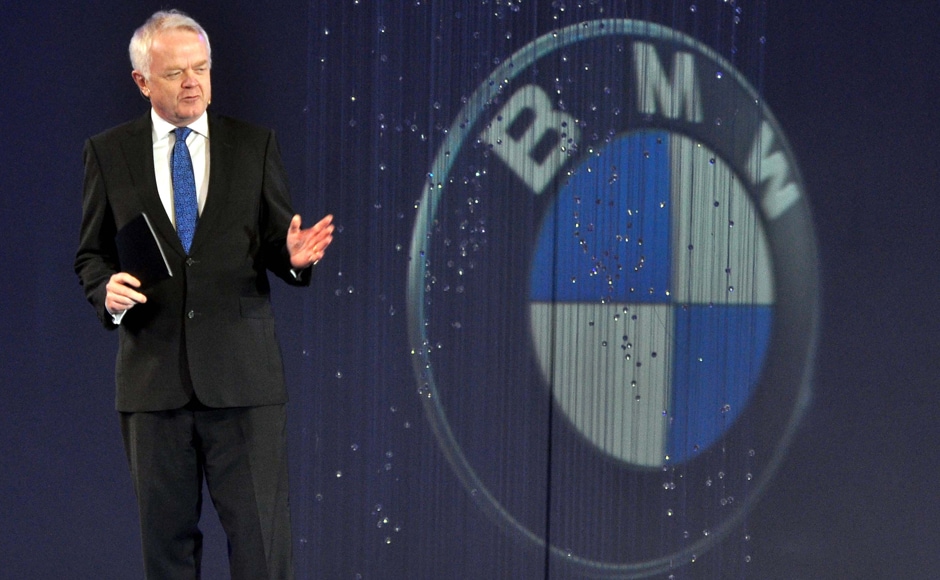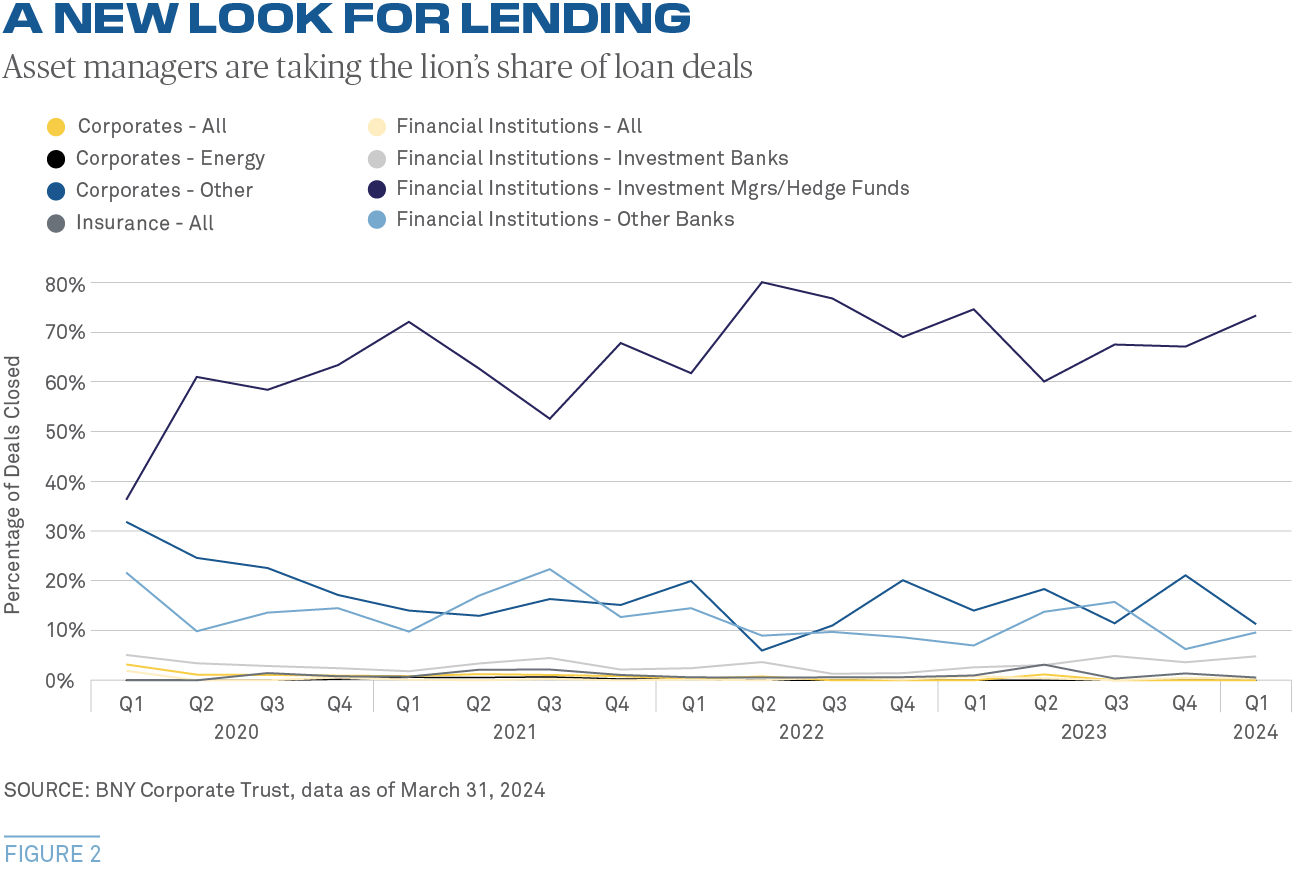The China Market: Navigating Challenges For BMW, Porsche, And Other Automakers

Table of Contents
Intense Competition and Local Players
The Chinese automotive industry is experiencing a rapid transformation, driven by the rise of powerful domestic brands. This intense competition significantly impacts foreign automakers like BMW and Porsche.
H3: The Rise of Domestic Brands:
Chinese automakers are no longer just emerging players; they're formidable competitors. Brands like BYD, Nio, and Xpeng are rapidly gaining market share, leveraging advanced technology, aggressive pricing strategies, and a deep understanding of the local market.
- Successful Chinese brands and their strategies: BYD's focus on electric vehicles and vertically integrated supply chain; Nio's innovative battery-as-a-service model; Xpeng's advanced autonomous driving technology.
- Direct competitors to BMW and Porsche: BYD's high-end models challenge BMW's dominance in the luxury segment, while Nio and Xpeng offer compelling alternatives to Porsche's electric sports cars.
- Pricing and market positioning: Chinese brands often undercut foreign competitors on price while offering competitive features, appealing to price-sensitive yet tech-savvy consumers.
H3: Joint Venture Requirements and Limitations:
Foreign automakers are often required to establish joint ventures with Chinese partners to access the market. While this might seem like a solution, it presents its own set of complexities.
- Joint venture success/failure rates: The success of joint ventures varies greatly, depending on factors such as partner selection, technology transfer agreements, and profit-sharing arrangements.
- Intellectual property rights: Protecting intellectual property in joint ventures is a major concern for foreign automakers. Technology transfer agreements need to be carefully negotiated to prevent the loss of valuable proprietary information.
- Impact on profitability and control: Joint ventures can limit profitability and control for foreign partners, requiring careful consideration of long-term strategies and risk mitigation.
Navigating Regulatory Hurdles and Infrastructure
Beyond competition, foreign automakers face significant regulatory hurdles and infrastructural challenges in China.
H3: Stringent Emission Standards and Regulations:
China is increasingly implementing stringent emission standards and environmental regulations to combat air pollution. This necessitates significant investments in research and development for automakers.
- Specific regulations and implications: China's stringent fuel efficiency and emission standards drive the need for advanced powertrain technologies, impacting vehicle design and production costs.
- Costs associated with meeting standards: Meeting these standards requires considerable investment in new technologies, R&D, and production processes, adding to the overall cost of vehicle development.
- Adapting to regulations: Automakers are responding by investing in electric vehicles, hybrid powertrains, and advanced emission control systems.
H3: Charging Infrastructure and Electrification:
The rapid growth of the EV market in China presents both opportunities and challenges. A robust charging infrastructure is essential for widespread EV adoption.
- Charging infrastructure comparison: While China's charging infrastructure is rapidly expanding, it still lags behind some developed countries in terms of density and accessibility.
- Government incentives and policies: The Chinese government offers various incentives and policies to promote the adoption of electric vehicles, creating a favorable environment for EV manufacturers.
- Impact on sales and market share: The success of EV manufacturers in China is directly tied to the development and expansion of the charging infrastructure.
Understanding Consumer Preferences and Cultural Nuances
Successfully penetrating the Chinese market requires a deep understanding of local consumer preferences and cultural nuances.
H3: Shifting Consumer Demand:
Chinese consumers are increasingly sophisticated and demand high-tech features, luxury amenities, and strong brand prestige.
- Successful marketing strategies: Tailoring marketing campaigns to specific consumer segments, using social media influencers, and emphasizing brand storytelling are crucial.
- Consumer preference analysis: Understanding generational differences, income levels, and regional variations in preferences is key to effective marketing.
- Impact of social media and online reviews: Online reviews and social media play a critical role in shaping consumer perception and influencing purchase decisions.
H3: Localized Marketing and Branding Strategies:
Localization is paramount for success. Adapting marketing and branding strategies to resonate with Chinese culture is non-negotiable.
- Successful localization strategies: Translating marketing materials accurately, adapting product features to local preferences, and engaging with Chinese social media platforms are essential.
- Digital marketing and social media engagement: A robust online presence and effective social media engagement are crucial for reaching and connecting with Chinese consumers.
- Brand perception and reputation management: Building a positive brand image and reputation is critical for long-term success in the highly competitive Chinese market.
Conclusion:
Successfully navigating the China market requires a comprehensive understanding of the intense competition from domestic brands, the regulatory landscape, and the evolving preferences of Chinese consumers. While the challenges are significant, the opportunities are equally substantial. The sheer size and growth potential of the Chinese automotive market make it a vital territory for global automakers. Unlocking the potential of the China market demands thorough research, a well-defined strategy, and a commitment to adaptation and localization. Mastering the China market will require a nuanced approach, but the rewards for those who succeed are immense.

Featured Posts
-
 5 Actions To Take And Avoid To Secure A Private Credit Role
Apr 28, 2025
5 Actions To Take And Avoid To Secure A Private Credit Role
Apr 28, 2025 -
 Luigi Mangiones Platform What His Supporters Believe In
Apr 28, 2025
Luigi Mangiones Platform What His Supporters Believe In
Apr 28, 2025 -
 Ray Epps Defamation Lawsuit Against Fox News Details Of The January 6th Allegations
Apr 28, 2025
Ray Epps Defamation Lawsuit Against Fox News Details Of The January 6th Allegations
Apr 28, 2025 -
 Cleveland Browns Draft Shedeur Sanders In Round 5
Apr 28, 2025
Cleveland Browns Draft Shedeur Sanders In Round 5
Apr 28, 2025 -
 Predicting A Breakout Season A Deep Dive Into A Red Sox Sleeper
Apr 28, 2025
Predicting A Breakout Season A Deep Dive Into A Red Sox Sleeper
Apr 28, 2025
Latest Posts
-
 E Ink Spectra
Apr 28, 2025
E Ink Spectra
Apr 28, 2025 -
 75
Apr 28, 2025
75
Apr 28, 2025 -
 Tecno Universal Tone
Apr 28, 2025
Tecno Universal Tone
Apr 28, 2025 -
 Coras Subtle Red Sox Lineup Changes For Doubleheader
Apr 28, 2025
Coras Subtle Red Sox Lineup Changes For Doubleheader
Apr 28, 2025 -
 Could Espns Red Sox Outfield Prediction For 2025 Come True
Apr 28, 2025
Could Espns Red Sox Outfield Prediction For 2025 Come True
Apr 28, 2025
